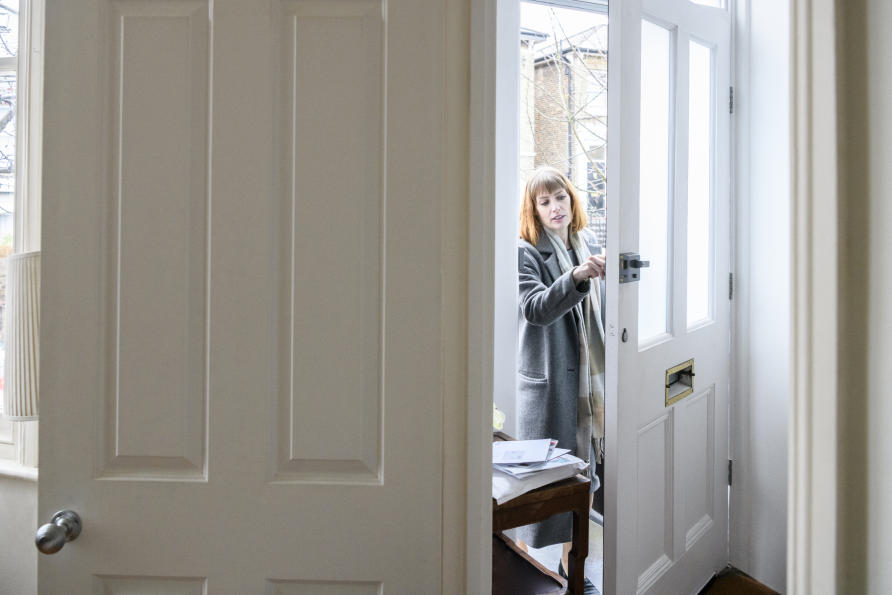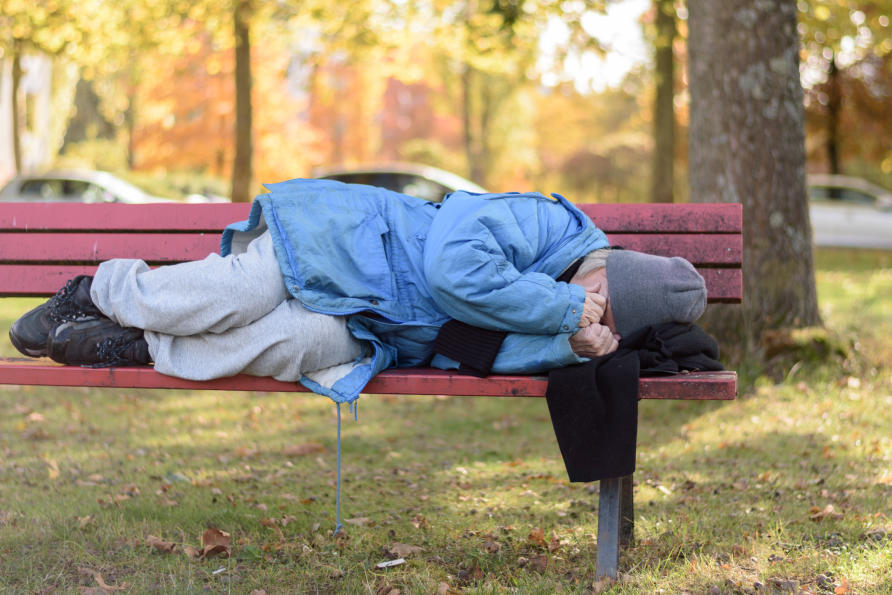As house prices increase in cities like Melbourne, it’s women most at risk of family violence who face potential homelessness.
This article by Thomas Feng was first published on Pursuit on 18 March 2018. Erika Martino's PhD research is supported by the Melbourne Social Equity Institute.
Today, according to some reports, there are 121 million-dollar suburbs in Melbourne alone, scattered throughout the inner-city. But as the issue of housing affordability continues to strain our hip pockets, it is vulnerable people who are impacted the most.
For survivors of intimate partner violence, the cost of housing can mean staring down the barrel of homelessness. And with permanent housing critical for women’s safety, it’s a situation that must be addressed, says University of Melbourne PhD candidate Erika Martino.

“There is a clear link between women’s homelessness and intimate partner violence,” she says. “Research shows it is the key cause of homelessness and having no safe place to stay is the chief obstacle for women leaving high-risk living arrangements.
“Unfortunately, the cost of housing in Melbourne is exacerbating this problem.”
According to the Australian Institute of Health and Welfare, 40 per cent of people accessing the Victorian homelessness system in 2016-17 cited intimate partner violence as a primary cause - an increase of over 33 per cent since 2011-12. The majority of these were single mums.
Ms Martino’s research, part of the Transforming Housing research project with the Melbourne Social Equity Institute, shows this group are battling a number of challenges that means they “occupy a housing vulnerability niche”.
Structural socioeconomic inequalities like lower wages, low education levels and high unemployment rates mean women are impacted disproportionately by housing that is unaffordable, insecure and poor quality.
Ms Martino says the meagre offering of affordable housing in Melbourne tends to be in suburbs with poor transport, and poor access to employment and education.
“This further exacerbates this group’s disadvantaged social conditions and makes it more difficult for survivors to regain their feet.”
Prioritising social housing
Crisis centres are also at breaking point, says Ms Martino, with few pathways into long-term permanent housing, whether through social housing, community housing or the private rental market.
In response, the Victorian State Government last year launched the Family Violence Housing Blitz, with A$82.2 million for redeveloping refuges and A$48 million for 110 new public housing properties for families escaping violence. This is in addition to rolling-out new Support and Safety Hubs, which offer coordinated support from essential services in one location.
But Ms Martino says while these initiatives are welcome, more funding and more pathways for long-term social housing are a matter of urgency.
“There is no one-stop shop in addressing this issue, however finding secure ongoing housing (unlike crisis housing) is critical for women’s safety and ability to recover from these experiences,” she says.
“There aren’t any tangible benchmarks or milestones in the supply of affordable housing. While the safety hubs are a welcome intervention, I fear the underlying issue – enough affordable, long-term, secure housing – will not be addressed.”

Part of the problem, she argues, is planning for short-term, political cycles, and the lack of long-term partnerships between government, housing and family violence providers.
“Funding today is often for one-off projects. Better governance frameworks and increased funding could assist in scaling up projects which support ongoing housing for survivors.
“This is an opportunity for new partnerships between community housing providers, service providers for domestic and family violence survivors, and local and state governments to support and transform the lives of survivors.
“There must be greater funding and a strong institutionalised and inclusive framework which supports collaborative partnerships and governance.”
The crisis facing crisis accommodation
There are also financial barriers to providing more crisis accommodation. Community housing providers are unable to compete with developers over limited land without sufficient planning conditions.
And when community housing providers have access to land, their funders are more likely to invest in larger projects which provide less of an appropriate outcome for survivors of intimate partner violence than smaller women’s projects.
Another issue is the stigma and discrimination often levelled against crisis accommodation occupants by other members of the community. Last year, a proposed homeless shelter in Melbourne’s Brighton East faced significant backlash.
Providing long-term sanctuary
Ms Martino says many people do not realise that survivors of intimate partner violence need much more than just counselling.
“Like anyone else, they want pragmatic things such as a safe, secure place to come home to every night.”
Ms Martino is now conducting further interviews with business partners involved in housing projects for intimate partner violence survivors in Melbourne and Vancouver to look at more integrated approaches and how these might be scaled up.
Some ideas she has already encountered include the embedding of social services like a public library into new projects and greater collaborations between multiple partner organisations to fund affordable, long-term housing in better locations.
“I have seen the lives of friends and family who have experienced violence transformed by finding long-term housing. I hope my research helps others achieve the same.”
Banner image: Getty Images
More Stories
-
A Community Acting Against Family Violence
One Aboriginal community has co-designed an online family violence resource for their own people, prioritising the voices of Australia’s First Nations populations in positive change
-
Coercion in Mental Health Care: Finding a New Way
Secluding, physically restraining or overmedicating people experiencing mental health crises still happens, but countries around the world are trialling successful alternatives.
-
Circus as a Tool for Social Change
“For people who have found that they don’t always have agency over their bodies – people across the gender spectrum – circus can be a really lovely space for them to learn how to reclaim it, surrounded by positive people and support.”
-
Ending the Exploitation of Refugee and Migrant Workers
Getting work is the most important step to successful settlement in a new country, says lawyer Catherine Hemingway, but for people who have recently arrived in Australia it can also be the start of a lot of new problems.